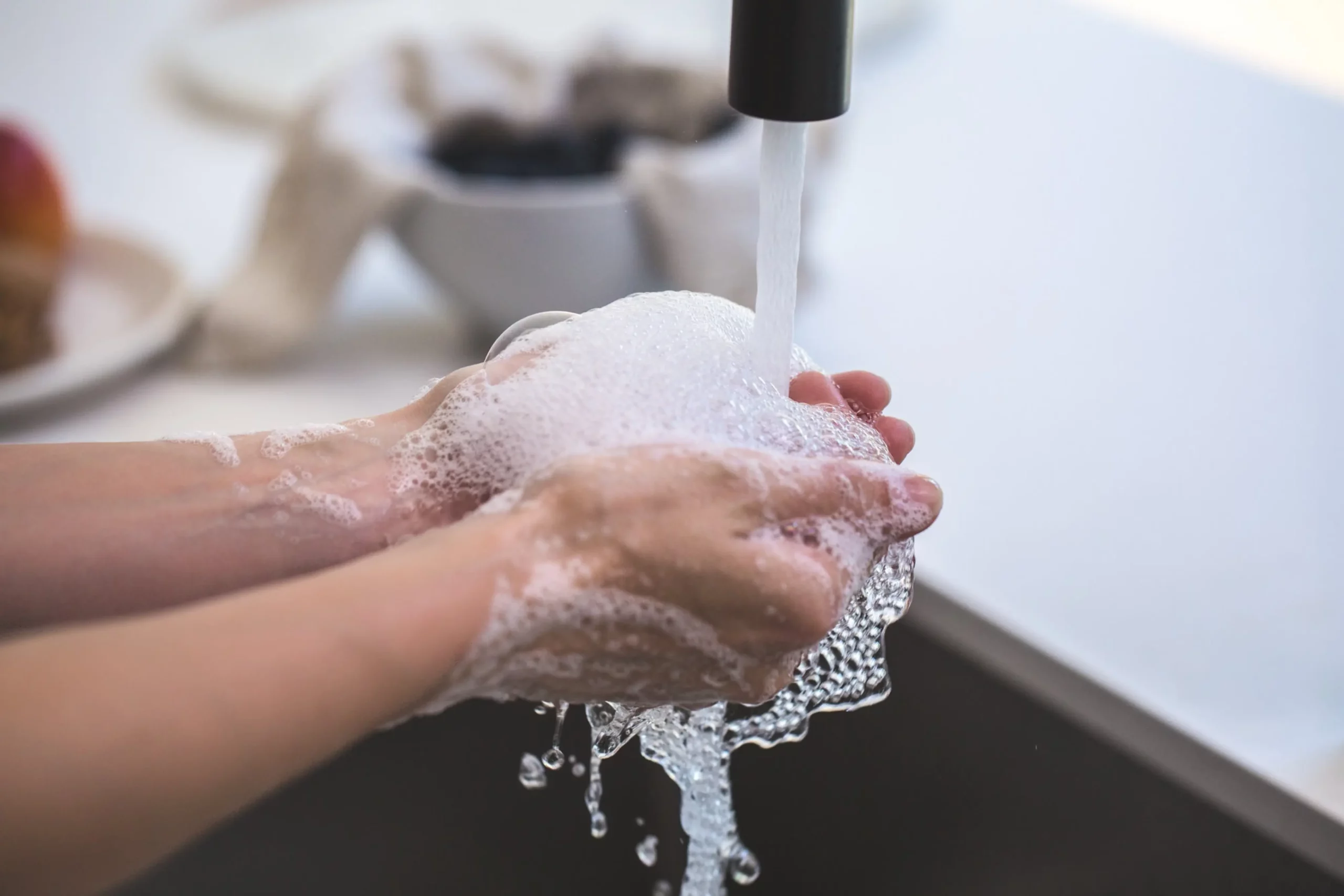Conserving water in your business isn’t just about minimising your environmental impact, but can also reduce operating costs. With today’s consumers more interested than ever in supporting sustainable businesses, it’s also a marketing tool with the power to improve your brand image.
It’s no surprise that a restaurant’s most significant use of water is in the kitchen, with the combined requirements of equipment operation, food prep, cleaning and hand hygiene. The good news is that restaurants that implement water-efficient practices can cut down on operating costs and energy use in addition to water itself. Read on for your new water-saving action plan.
1. Conduct a water audit
The first step is to carry out a water audit to highlight where the biggest uses of water lie, and where savings can be made. Your audit can be done by the business owner, a manager or a member of staff; larger companies may choose to outsource this process to external specialists.
- First, check for drips and leaks in your taps, pipes and appliances. These can waste a high volume of water over even a short period of time.
- Next, examine patterns of usage and note where change could be implemented.
- Finally, set realistic but effective goals for reducing your water consumption to focus attention on what needs to be done and how to achieve it. Make a plan for how to meet these goals and put timelines in place.
2. Build employee awareness
Once you’ve fixed any leaks and replaced old fixtures, water consumption comes down to behavioural habits. Raising staff awareness is a cost-effective and sustainable way to save water at your business or workplace.
- Your water saving initiative should start from senior management levels, with consistent messaging throughout the organisation.
- Talk to staff about your water saving initiatives. Include water consumption policies and procedures during inductions for new employees, discuss water efficiency at team meetings and keep staff up to date on progress against your goals.
- Encourage staff to contribute to your water saving action plan. Appoint a water champion or steward to track progress, celebrate achievements and offer incentives for positive change.
- Install signs in your kitchen and bathroom areas to remind staff and customers to use water wisely, and display water smart posters in kitchens, staff rooms and toilets.
- Urge employees to report leaks and other issues as soon as they arrive.
3. Go with the low flow
Invest in water efficient devices and appliances; over the long term, this can have a significant impact on the amount of water and money you use in the kitchen.
- The food industry requires a lot of hand washing throughout the day, so installing low-flow taps — preferably with motion sensors — is a simple, inexpensive and effective way to decrease water consumption.
- A common practice in restaurants is pre-rinsing dishes before manually washing or loading them into a dishwasher. Modern, low-flow nozzles use significantly less water than older models. As a best practice, scrape food waste into a bin before rinsing. Not only will this reduce how much rinsing is needed, but it’ll also cut the amount of grease going down your drain.
4. Rethink the everyday
Small changes can add up to a big difference when it comes to water use. Examine the everyday norms in your kitchen and see where you can tighten things up.
- Dishwashers are the highest consumer of water in many kitchens. Make sure yours scores high for water efficiency, use the economy setting and only turn it on when fully loaded. Filling the racks will make the dishwasher more efficient with the water it is already using.
- Saving water can be as simple as turning down a valve or turning off a tap; water is often left flowing when not needed.
- Don’t thaw food under cool running water; be organised and thaw in the fridge overnight. This gets the job done just as well, saves water and requires nothing more than a little foresight.
- Make sure that all suitable food scraps go into a compost bin rather than down the sink.
- If you’re running the tap and waiting for hot water to come through, don’t waste the flow: catch the water and use it to wash produce, rinse dishes or for cleaning purposes.
5. Shout about it
Have you made positive changes and reduced your water consumption? Don’t forget to communicate this to your customers, whether through your website, social media and/or on-site signage. Sustainable marketing is key in today’s business landscape; you might have implemented your new water plan to help the environment, but that doesn’t mean you can’t reap the benefits when it comes to attracting customers.
To learn more about making your kitchen more sustainable, chat with one of our experts today.
